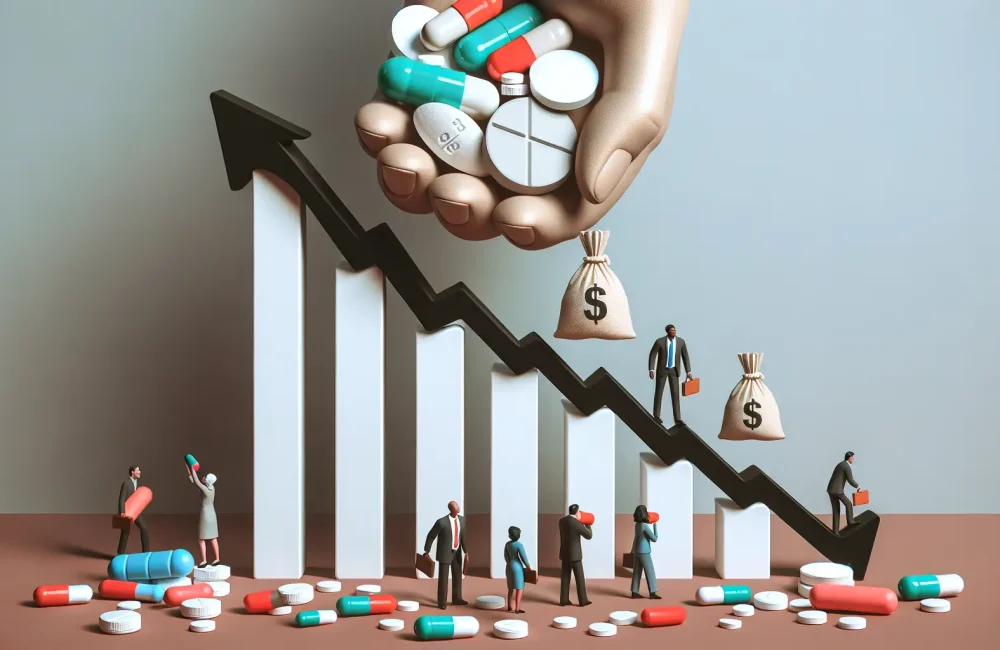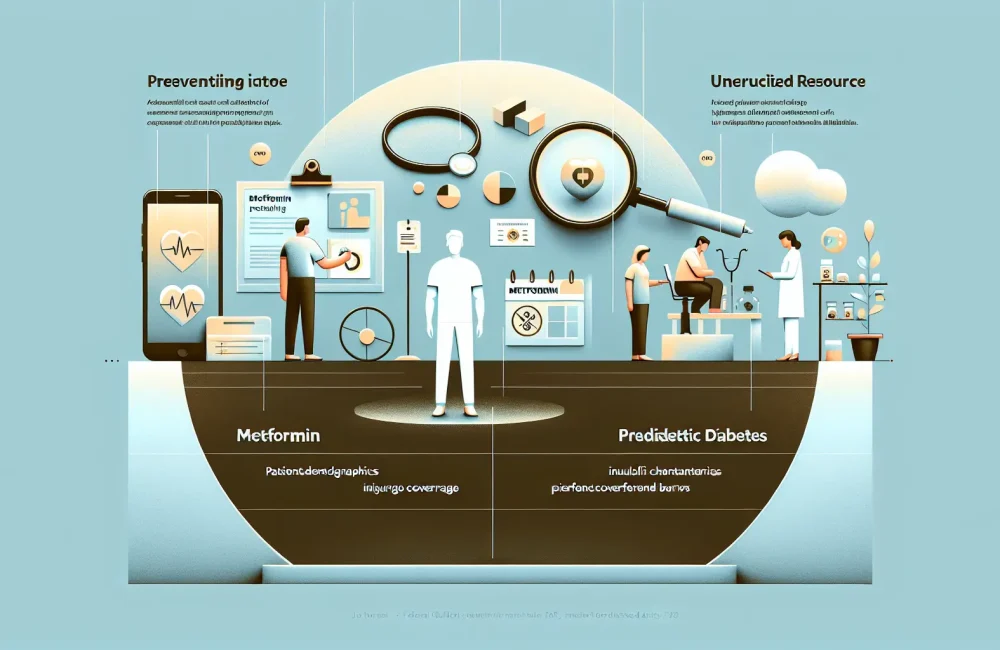By CAFMI AI From Journal of General Internal Medicine
Impact of Physician Experience on Prescribing GLP-1 RAs and SGLT2is
This study investigates how a physician’s years in practice influence their prescribing habits of two important classes of diabetes medications: glucagon-like peptide-1 receptor agonists (GLP-1 RAs) and sodium-glucose co-transporter 2 inhibitors (SGLT2is). Both are recommended by diabetes treatment guidelines not only for glycemic control in type 2 diabetes mellitus but also for their cardiovascular and kidney protective effects. Using a national outpatient dataset with over 50,000 visits involving patients with type 2 diabetes, researchers analyzed prescription patterns by segmenting physicians into quartiles based on their years since medical school graduation. Their analysis revealed a clear trend: physicians earlier in their careers were significantly more likely to prescribe GLP-1 RAs and SGLT2is compared to those with longer practice durations. This difference persisted even after adjusting for patient demographics, comorbidity burden, and practice setting, indicating an independent association between physician experience and adherence to current guidelines. These findings highlight a generational gap in uptake of newer diabetes medications and underscore the need for targeted educational interventions among more experienced clinicians to promote best practices in diabetes management.
Clinical Implications and Guideline Adherence Challenges
The results emphasize important clinical implications for improving diabetes care across the healthcare system. GLP-1 RAs and SGLT2is have emerged as key agents with multiple benefits beyond glucose lowering, including reductions in major adverse cardiovascular events, heart failure hospitalizations, and progression of chronic kidney disease. Therefore, their appropriate use is critical to optimize outcomes for patients with type 2 diabetes, especially those with established cardiovascular or renal disease. The observed lower prescribing rates among physicians with more years of practice suggest potential barriers such as ingrained prescribing habits, limited familiarity with newer agents, or skepticism about novel therapies. Addressing these barriers requires tailored continuing medical education, clinical decision support tools, and system-level initiatives to help seasoned physicians integrate guideline-based therapies more consistently. Integrating such strategies into primary care and specialty workflows is essential, given that type 2 diabetes management often involves multiple providers. In addition, recognizing the influence of physician experience on prescribing can aid policymakers and clinical leaders in designing implementation programs that reduce disparities in care quality.
Study Design, Limitations, and Recommendations for Practice
This cross-sectional study leveraged a robust national dataset, allowing assessment of real-world outpatient prescribing behaviors across a diverse group of specialties managing type 2 diabetes. While the large sample size and adjustments for confounders strengthen confidence in the findings, limitations include the inability to establish causality due to the observational design and lack of granular data on physician knowledge, attitudes, or patient preferences. Additionally, the study focused on outpatient visits, excluding inpatient settings and potentially missing prescriptions initiated in hospitals. Despite these constraints, the strong association between fewer years in practice and higher prescribing rates of GLP-1 RAs and SGLT2is yields actionable insights. Clinicians and healthcare organizations should consider implementing targeted interventions for more experienced physicians, such as educational outreach, audit and feedback, and integration of guideline reminders into electronic health records. Furthermore, patient counseling about benefits and potential side effects of these agents remains critical, as shared decision-making facilitates adherence and optimal use. Follow-up mechanisms to monitor medication effectiveness and tolerability can enhance long-term outcomes. Ultimately, aligning physician prescribing practices with evolving evidence-based guidelines offers a pathway to reduce morbidity and mortality among the growing population of patients with type 2 diabetes.
Read The Original Publication Here






